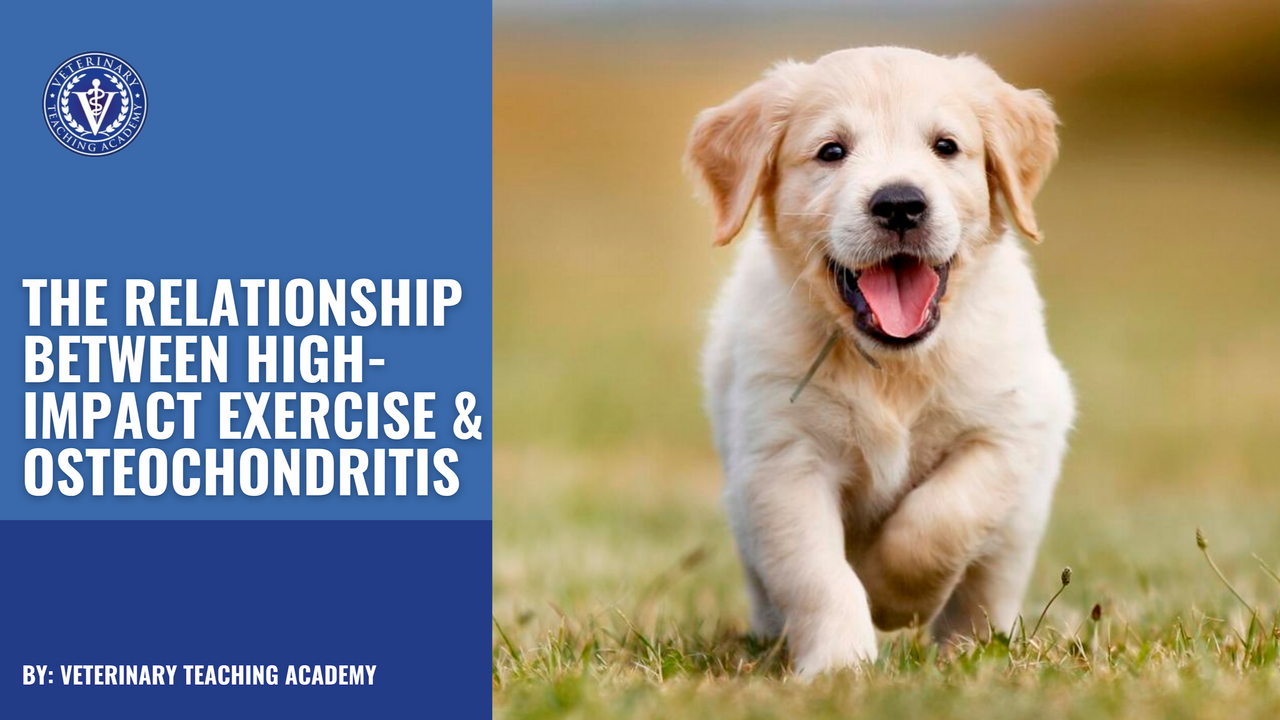The Relationship Between High-Impact Exercise and Osteochondritis
Mar 16, 2020
Findings from a study on hip dysplasia and elbow arthrosis in Labrador Retrievers [Sallander, Hedhammer, and Trogen: J Nutr July 2006: 136(7 suppl):2050S-2052S] support the hypothesis that high-impact exercise such as ball chasing and fetching can lead to a higher incidence of osteochondrosis dissecans (OCD) lesions. OCD is an inflammation of the cartilage on the end of a bone in the joint that causes the cartilage to separate from the underlying bone (creating a lesion). This disease occurs during the rapid growth period (ages six to nine months) in medium- to large-breed dogs.
Although we know our patients like to play fetch and our clients use this activity as a way to burn off energy, this high-impact exercise isn’t good for puppies.
This study looked at two groups of puppies—those six months of age and those that were nine months. Puppies in each group were of the same size and were fed the same kind and amount of food. The only difference was the amount of repetitive exercise the puppies received.
Research cited in the study found that “the hip joints of all dogs [in the study] were normal at birth. The joints continue to develop normally as long as full congruity is maintained between the acetabulum [the concave surface at the bottom of the pelvis into which the head of the femur fits] and the femoral head.
The study stated that the acetabular rims are stimulated to grow by mild traction applied to the joint capsule and gluteal muscles attached along their dorsal borders from the pressure exerted by the femoral heads upon the articular [joint] surfaces through the process of movement. The morphologic [structural] characteristics of this complex hip structure show that this biomechanical movement is the prime influence on the growth of this joint.”
Proper biomechanics leads to the formation of nice, congruent joints. Poor biomechanics leads to problems with joint congruency.
It may sound surprising that dogs a year or two old that regularly chase a ball or a stick have a higher risk of developing dysplastic hips. This is such a popular activity probably half of the clients that come into our rehab clinic with hip dysplasia report that they play fetch with their dog and have been doing so since the dog was a pup.
Of course, it’s fun to teach a dog to retrieve and it’s a great way to burn off energy, but if the dog is of a breed that’s at a high risk for hip dysplasia, this activity could be stacking the cards against them and increasing their chances of developing hip dysplasia in the future.
© Author: Dr. John | Veterinary Teaching Academy
